Stones and Blossoms — Wang Yabin Works
2021.10.10 – 2021.12.12
Press Release
Prior to ‘Stones and Blossoms’, paper was hardly unknown in Wang Yabin’s oeuvre. Whether it was the Polaroids he’d take himself, his collection encompassing various print styles, or the distinctive miniature watercolor paintings (the kind with the look of years, though difficult to ascribe a date to). Which at once are made inexhaustibly fascinating with the first stroke of his brush – are imbued with significance. These small papers, purely by his hand, take on a certain technicality, color regime as well as each different paper’s unique ‘materiality’. They grab us with that perfect condition of touching emotional keenness and lasting charm. However, these exquisite works are by no means large – mainly of 16k paper size, with the larger ones not exceeding 4k. A series comprises 10-20 pieces at most, with 4-5 at the very least. He has already kept to this mode of the ‘Stones and Blossoms’ paper series for years. With similarly standard-sized large sheets, each named ‘Stones and Blossoms’. It can be seen that when it comes to Wang Yabin, this paper series holds an extraordinary significance.
Wang Yabin is an artist highly proficient in ‘narrative’. Seen in his initial ‘Scour the mountains’ exhibit and through to ‘Wandering’ and ‘Baima Avenue’ that followed. Among the works of such exhibitions he steadfastly appropriates ‘the insinuated narrative’ from fragments of past events, guided by his own romanticism and profound sentiment. Yet with the ‘Stones and Blossoms’ series the site of investigation rests in ‘narrating the language of form’. His clear realization came of the ‘the space between as it appears and not as it appears’ as pertains high-brow Chinese artists and their imagery (set against the profound detail of their brush-work). In addition to the language of form presented by the masters of contemporary western expressionism – in essence a kind of elevated spiritual means of narration.
If we start with the stance of ‘taking complex thinking and emotion and boiling it down into a language of shapes’, we can perhaps grasp more deeply the intrinsic transmutations of Wang Yabin’s ‘Stones and Blossoms’ series: from the effortless execution of snapped branch fill-the-frame flower and bird style compositions, to a pivot towards flatter structural elements and a half-frame approach. Here bestowed is the lasting appeal of the high ancient* 高古 style’s character which he switches out for something even more subtle, with more everyday color schemes. That is – ink washes and dyes and their loose expressive charm is abandoned in favor of a tone of boundless emptiness. An undisciplined scrawling style amounting to ‘expressionistic’ language. What he has done with ‘Stone and Blossoms’ is to methodically break free from traditional, classic elegance in visual taste. A step by step process of developing something more direct, able to more freely sustain the complications of his own increasingly difficult language, a visual idiom forged through deep experience.
The present exhibition covers Wang Yabin’s most recent output – the assembled paper works under ‘Stones and Blossoms’; ‘Brookside Fragrance’, ‘Capital of Spring’ and ‘Moonlit Flowers’. As well as ‘Jingu Garden’ and related oil paintings. Taken collectively it is evident that the paper works of ‘Stones and Blossoms’ actually seek to lay down the brush for a more direct line. It’s not about washes of ink, but that which combines to a visual sensitivity. An abundance of thought and emotion manifested in a deeply touching painter’s language. Or a kind of ‘narration of formalistic language’ as an explication of art. Which has already produced an even more comprehensive and deep influence over Wang Yabin’s artistic creations. As if to say, that this rather monumental undertaking which is ‘Stone and Blossoms’, hereafter signals a new period of artistic exploration. Or rather, ‘Stones and Blossoms’ serving as the first signs of which and so becoming the title to this exhibition, as a gesture to a new idiom of development.
Fang Zhiling
Curator Director, Museum of Hubei Institute of Fine Arts
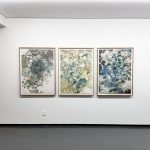
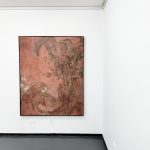

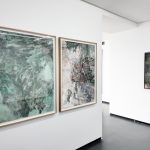


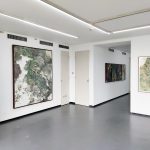

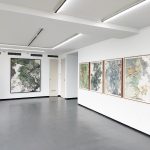



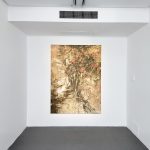
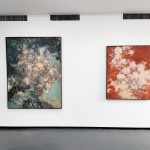

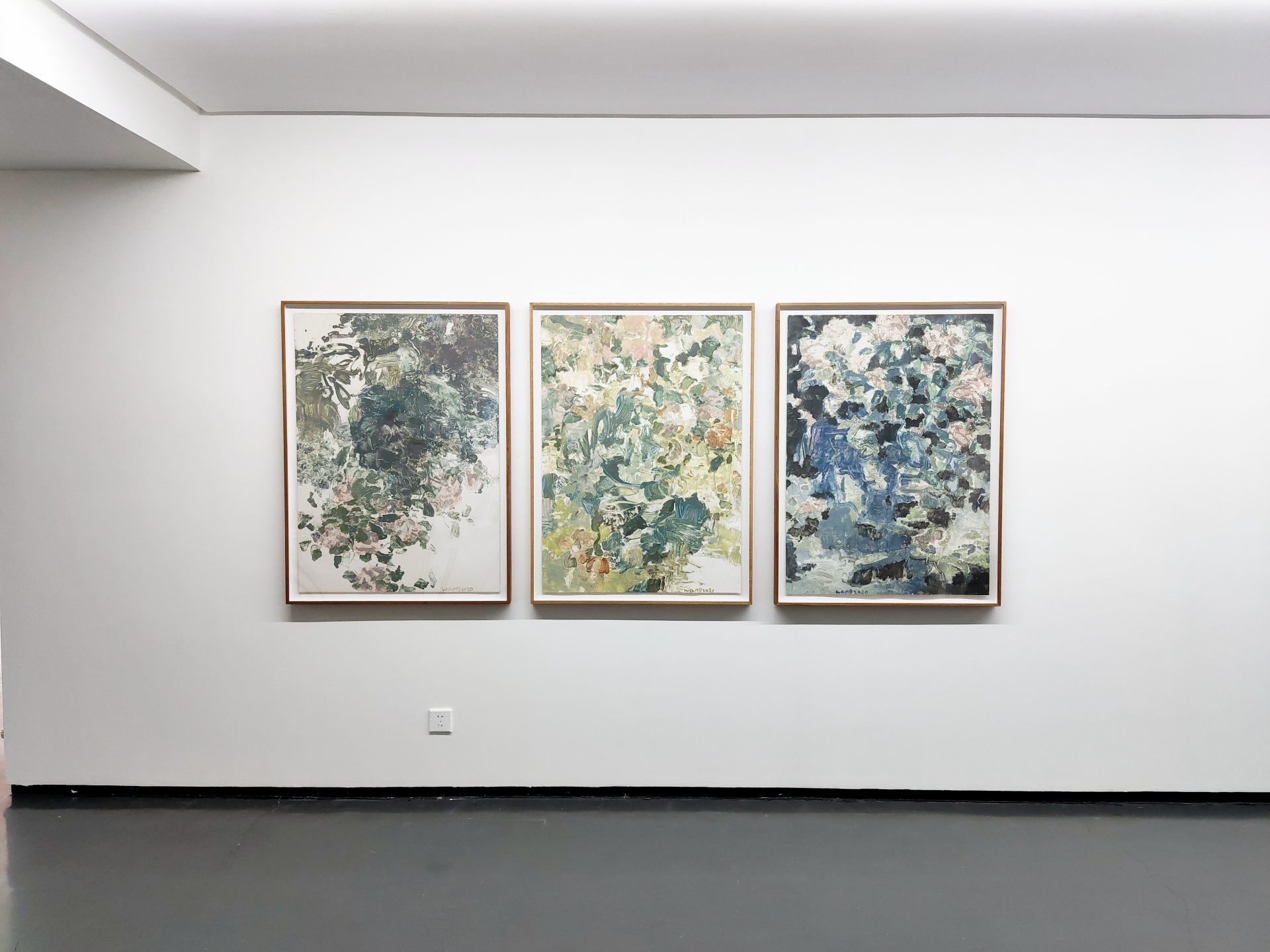


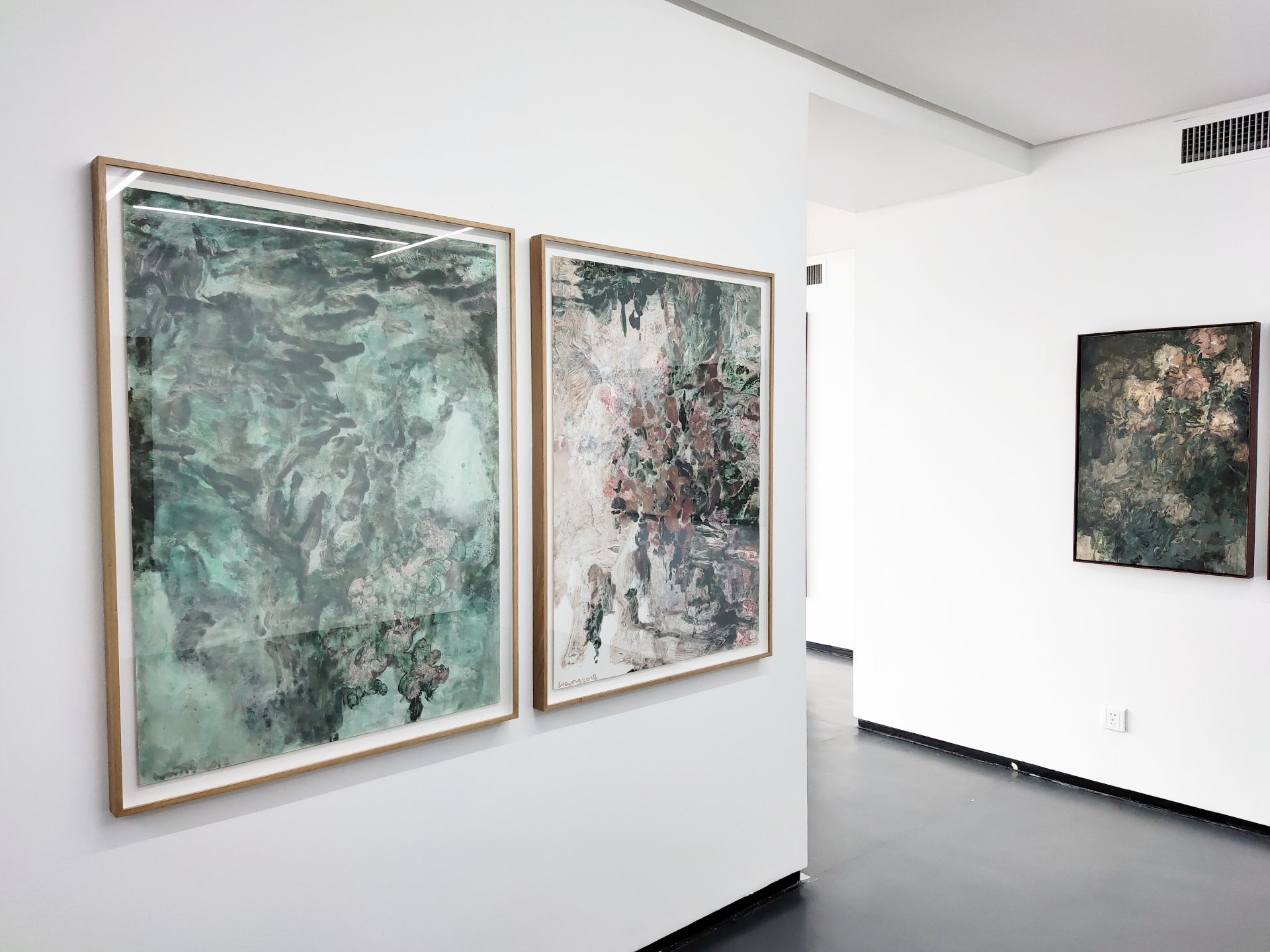

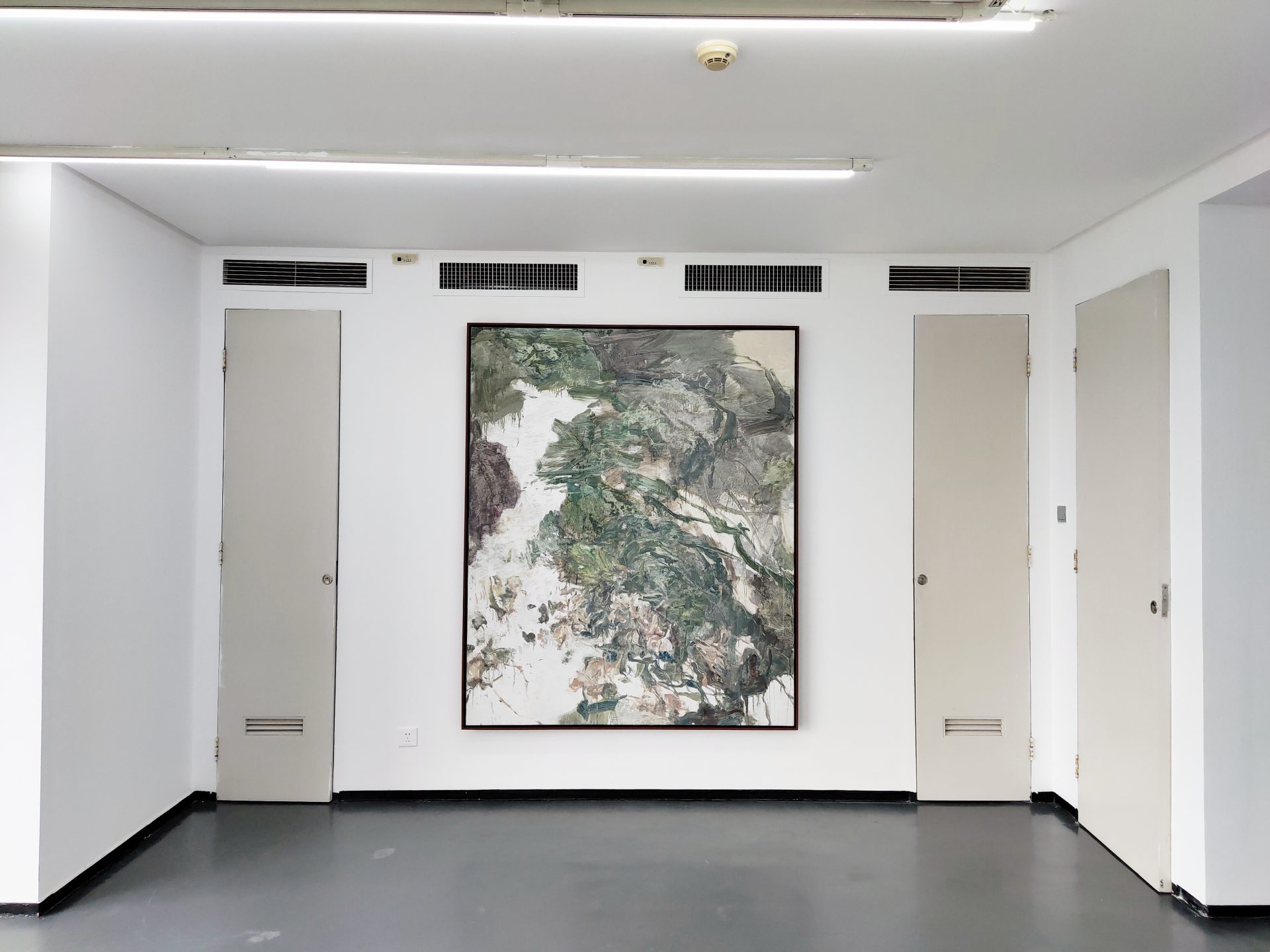
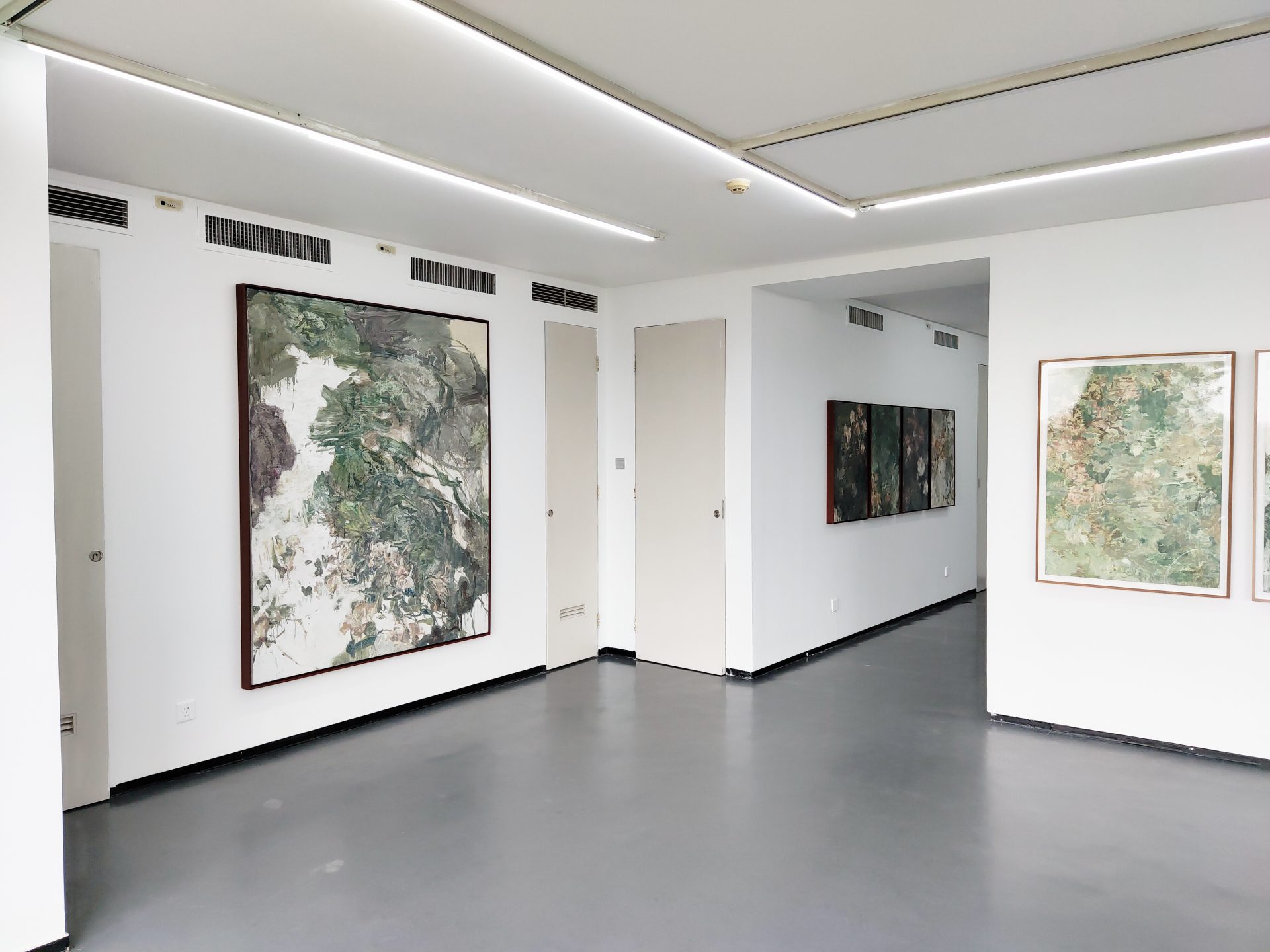
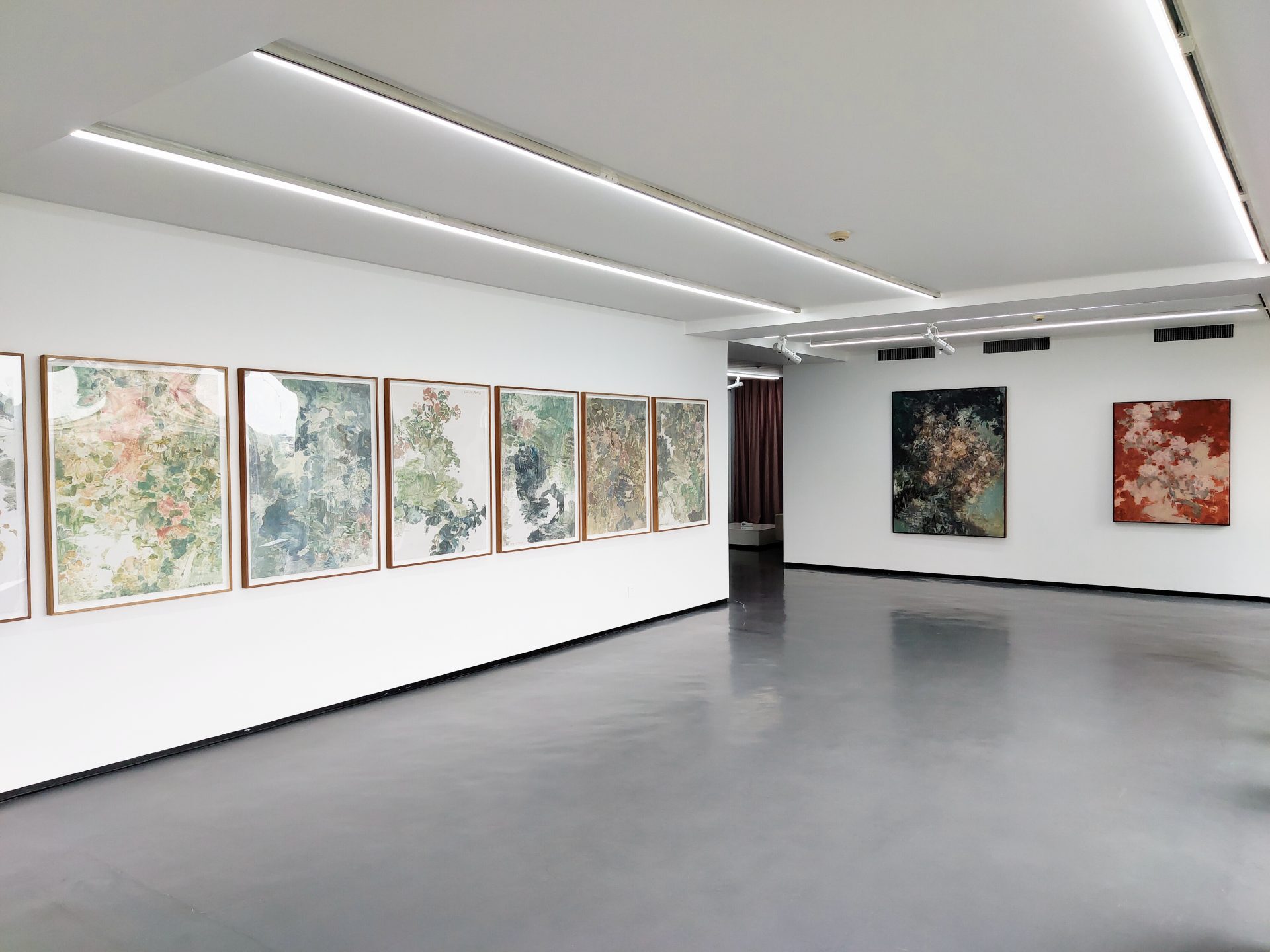
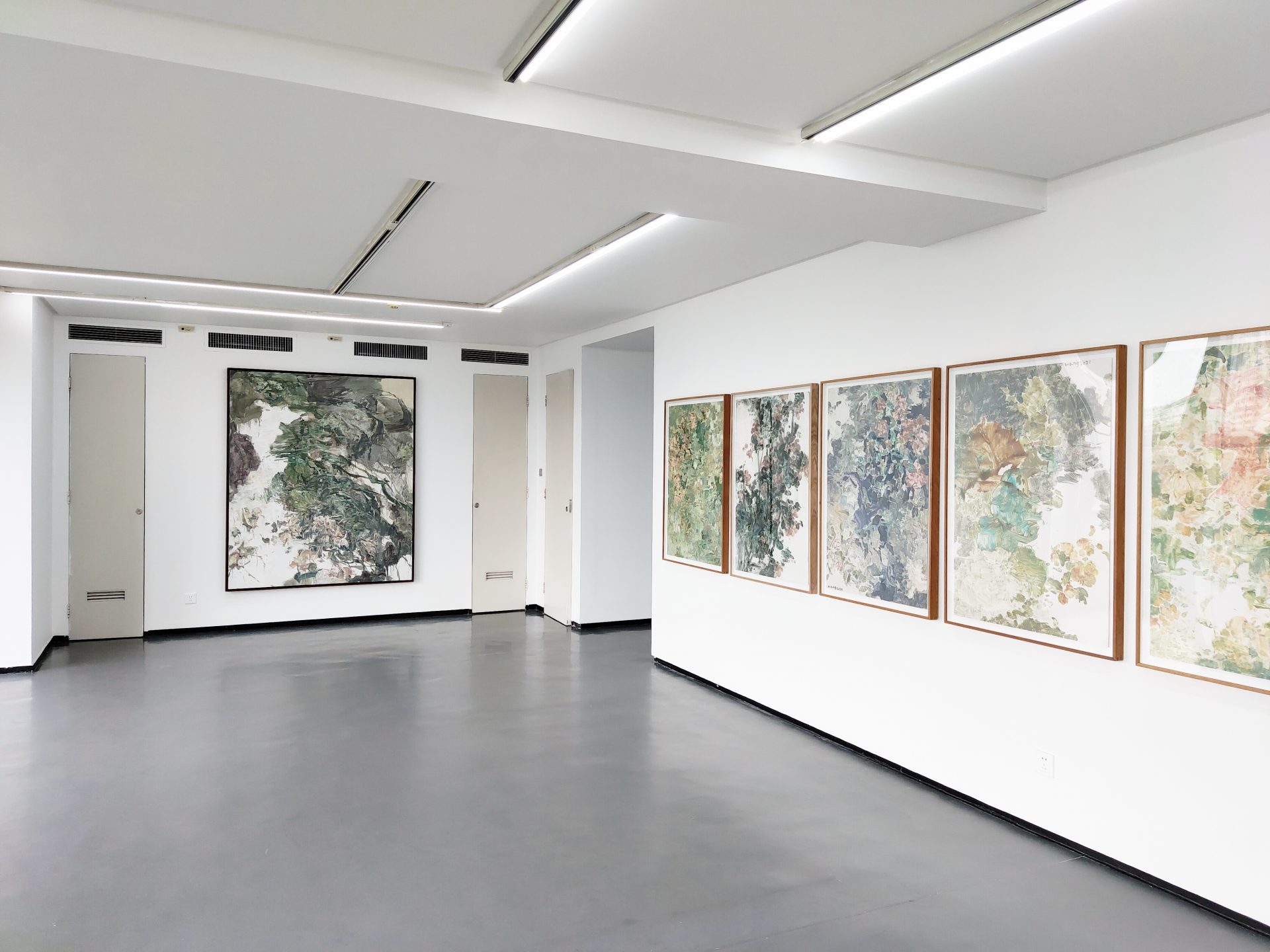


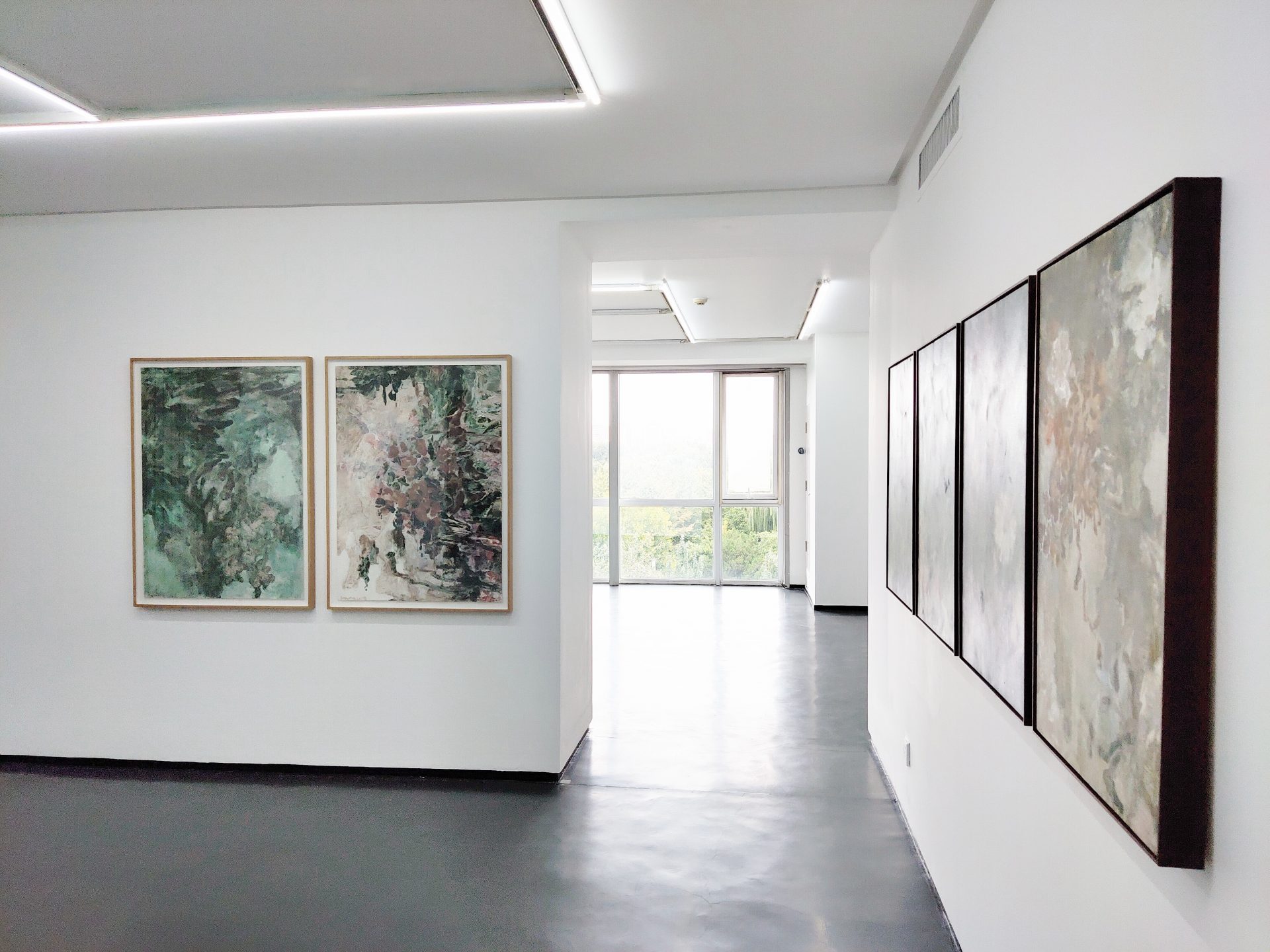

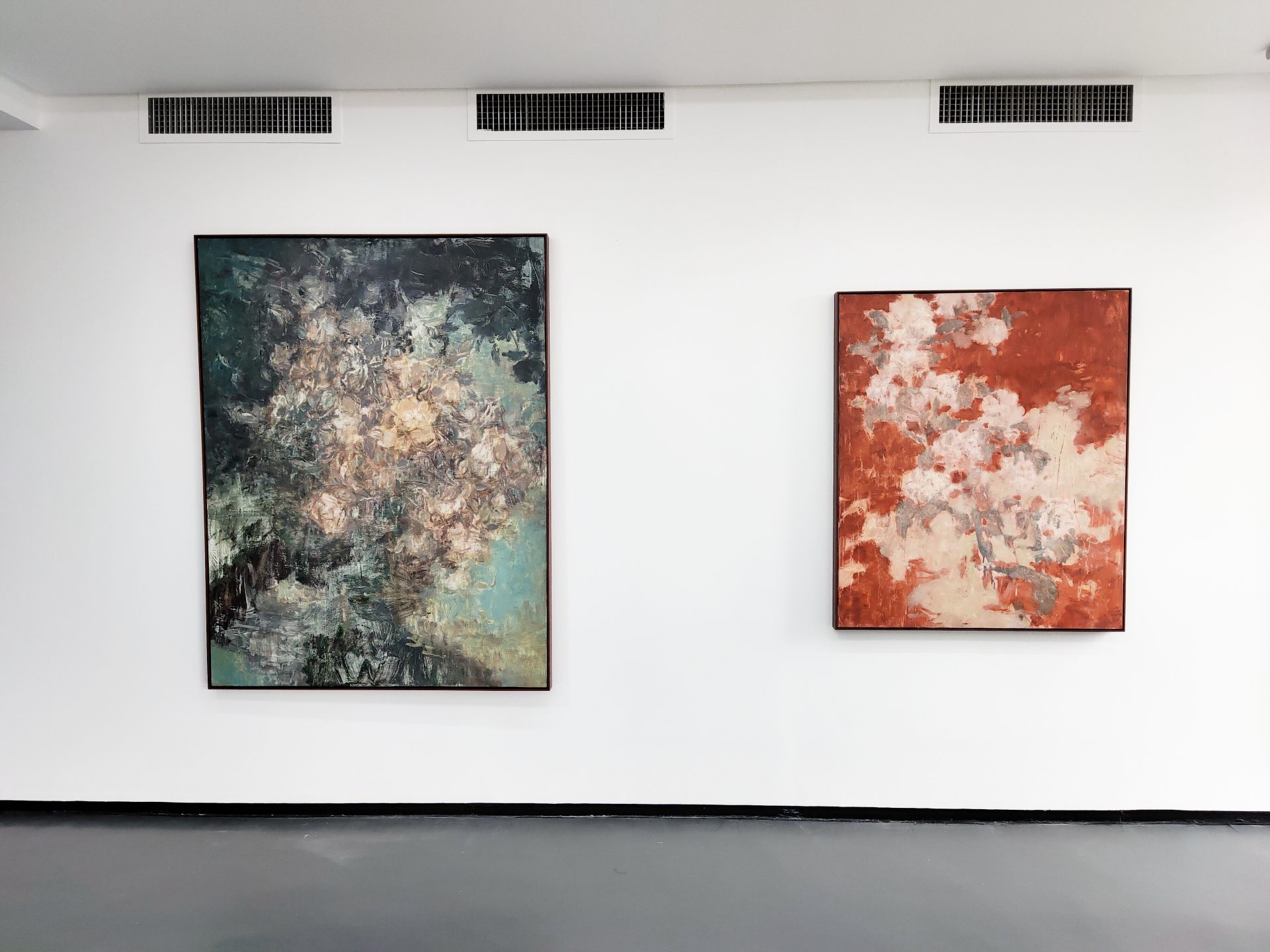

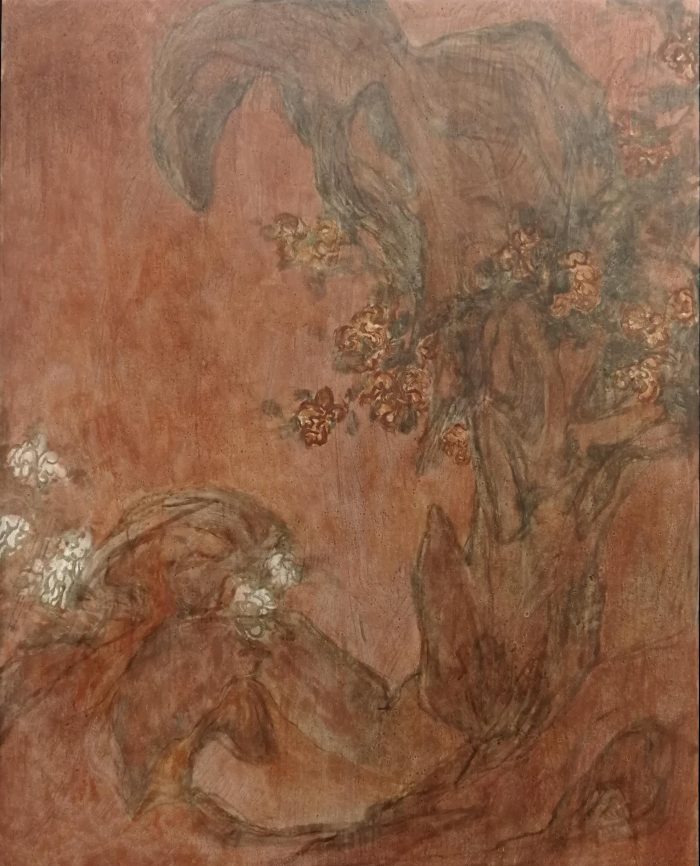


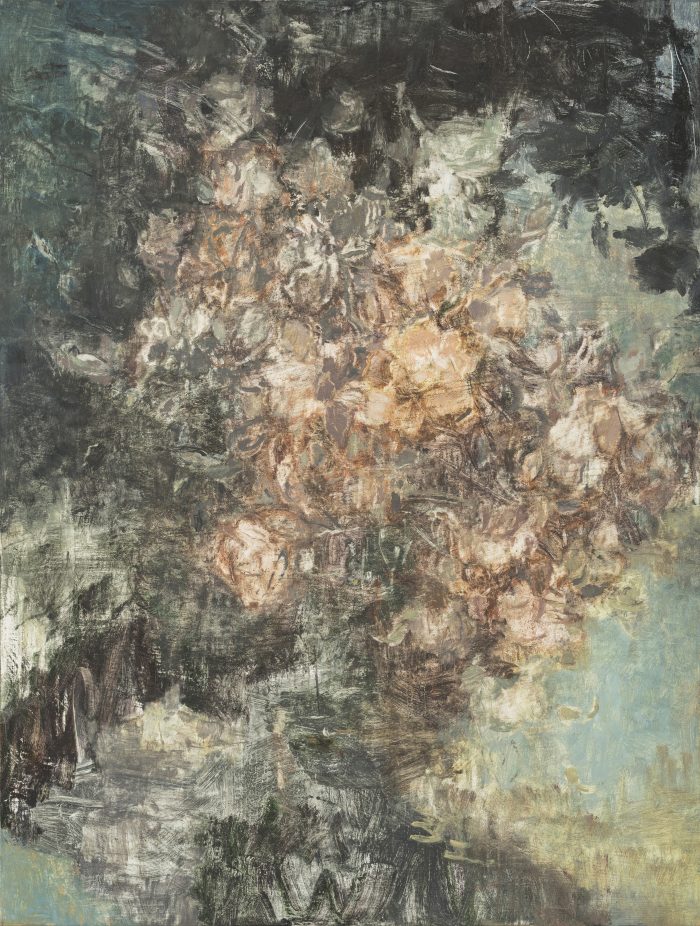
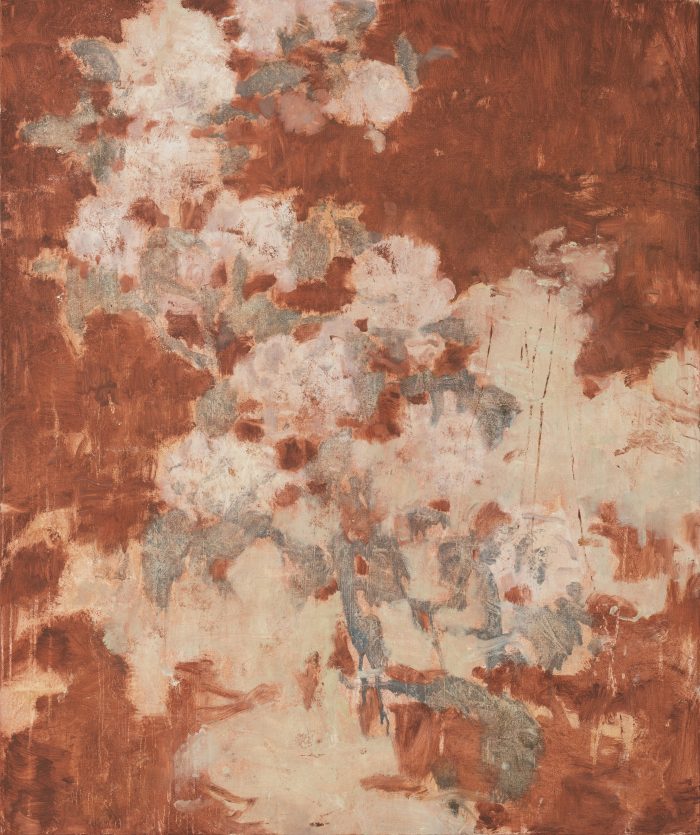










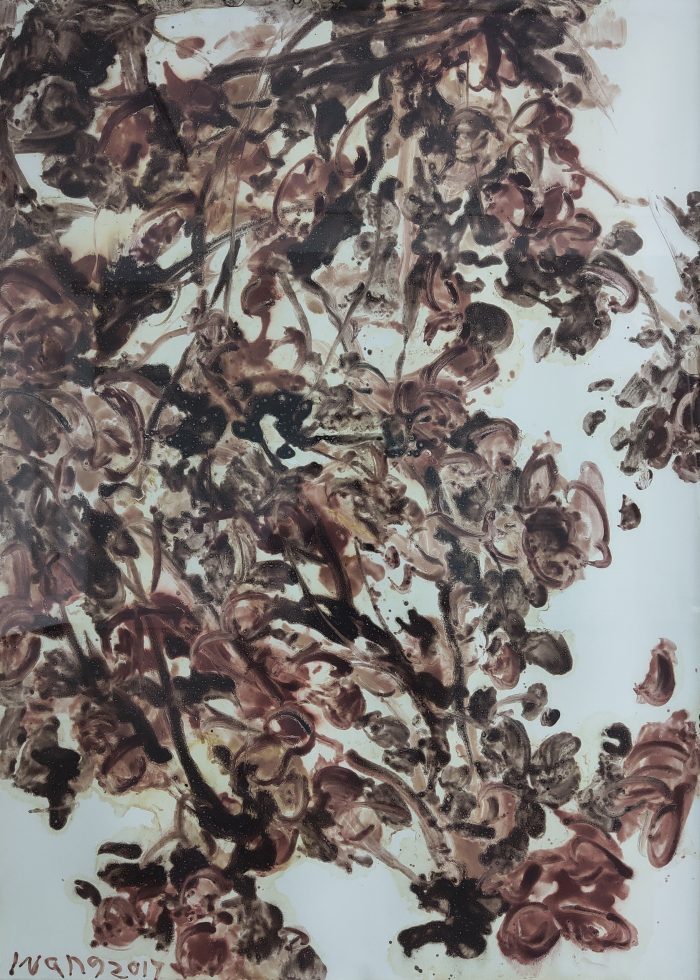

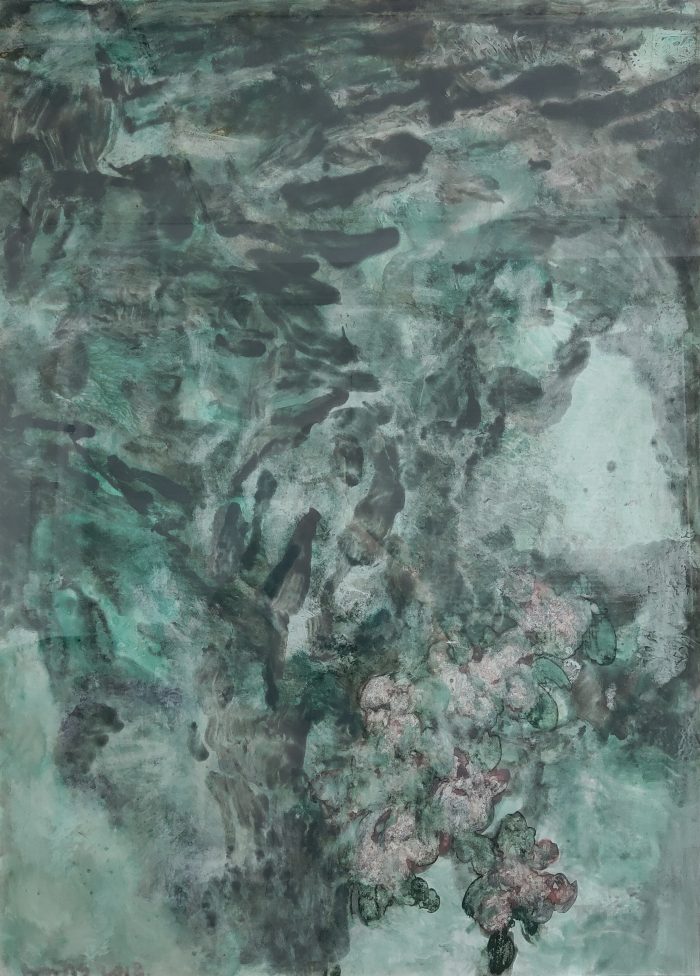
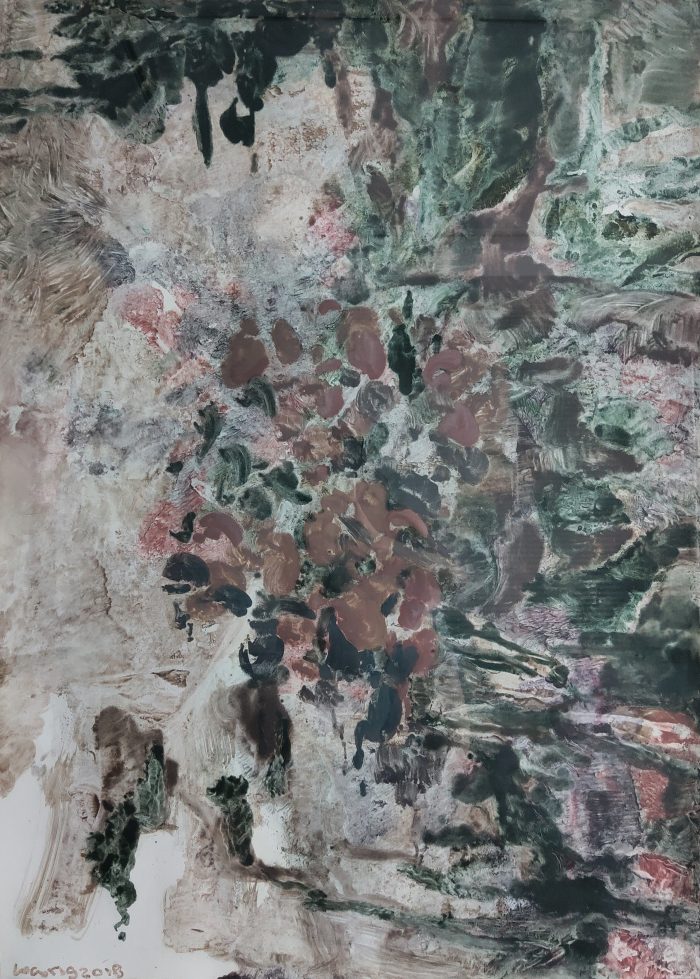

-90x60cm-2020-700x1046.jpg)
-90x60cm-2020-700x1045.jpg)
-90x60cm-2020-700x1047.jpg)
-90x60cm-2020-700x1046.jpg)
